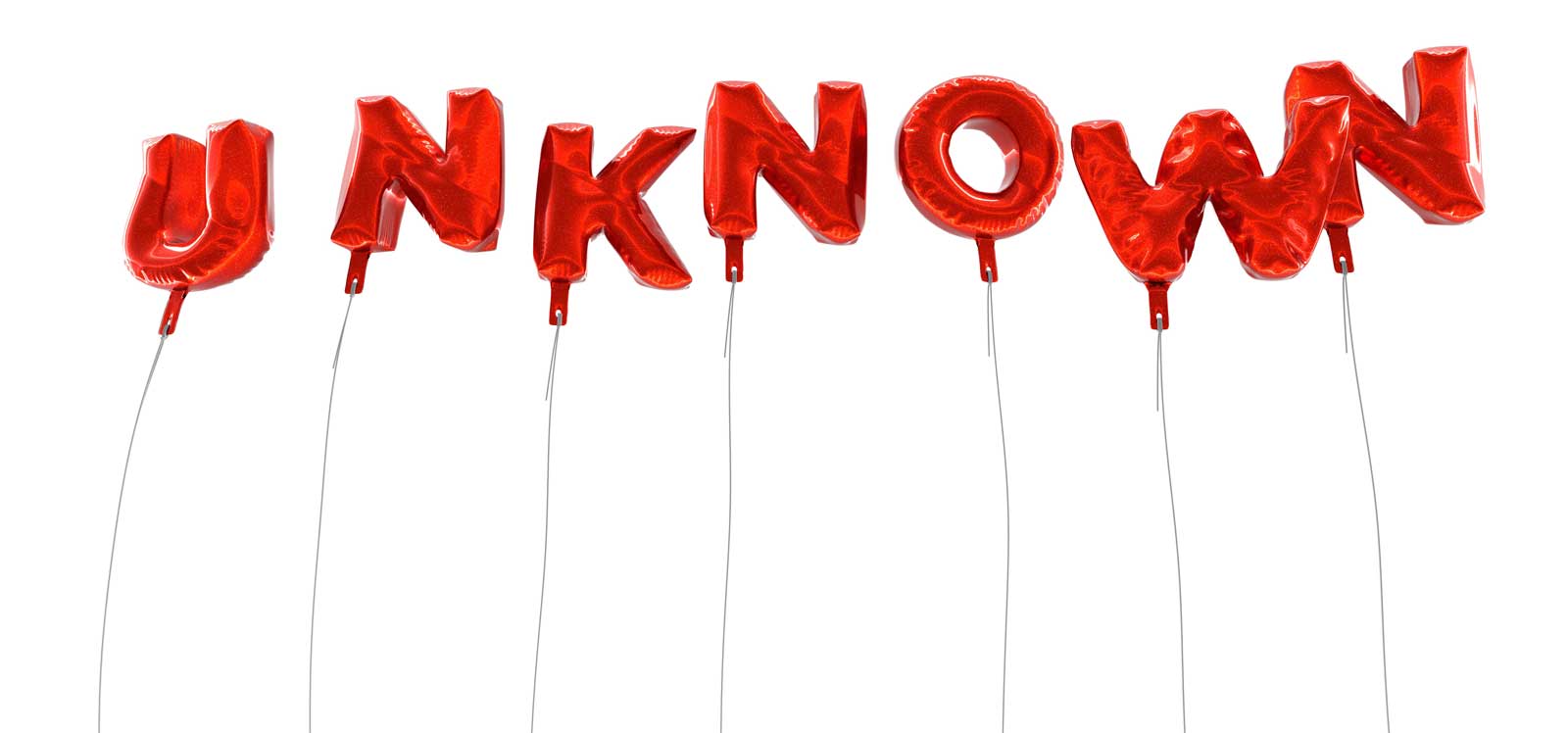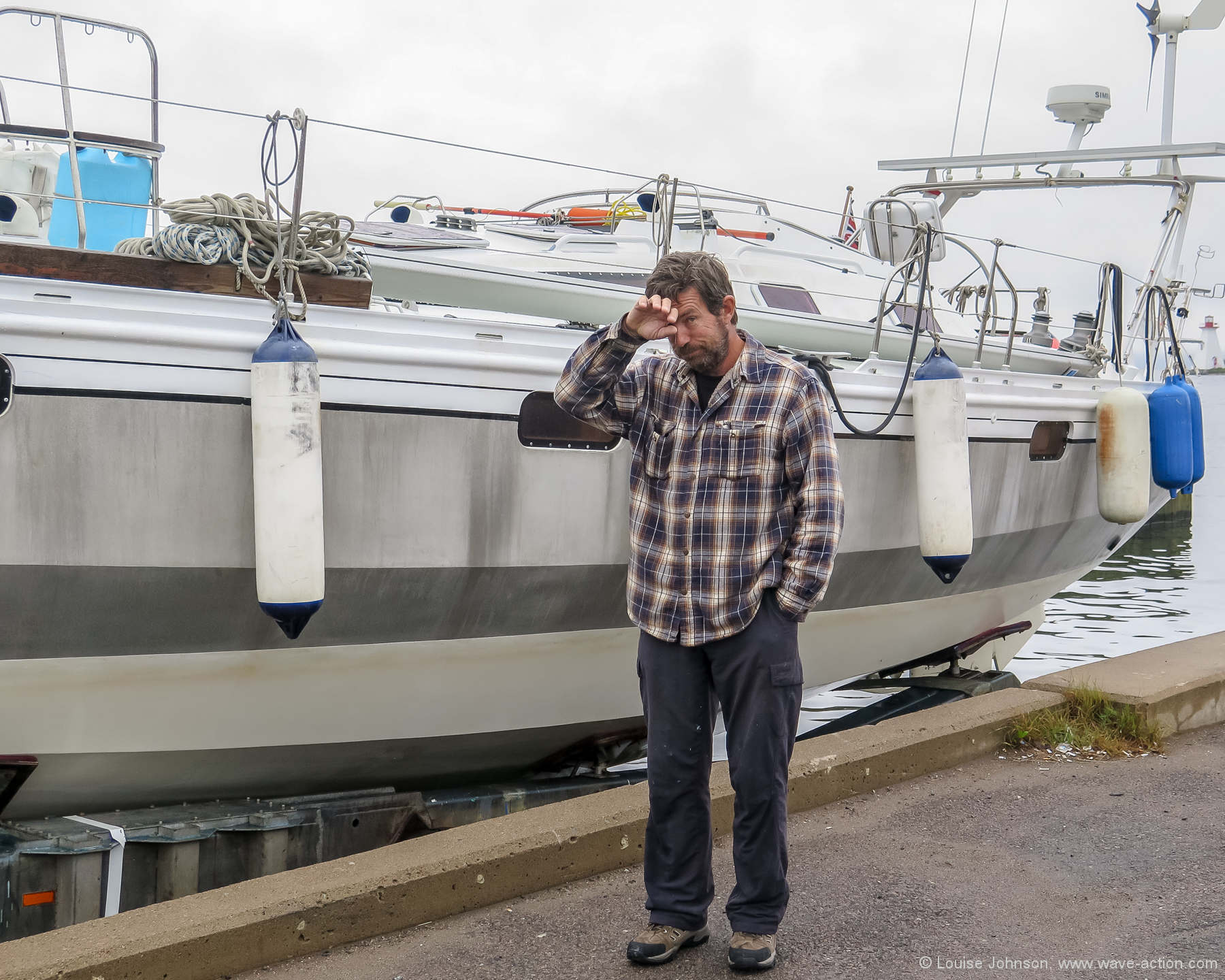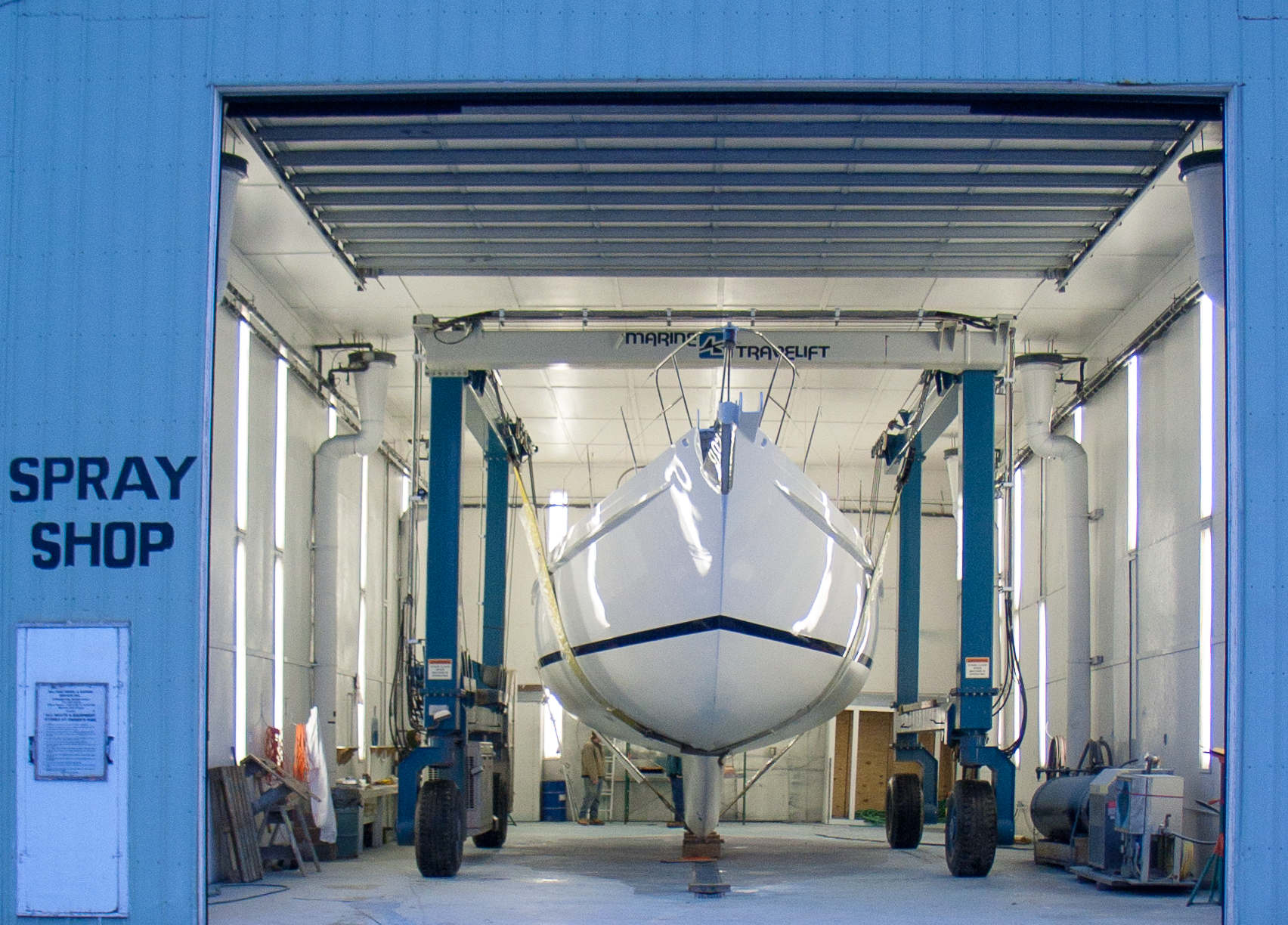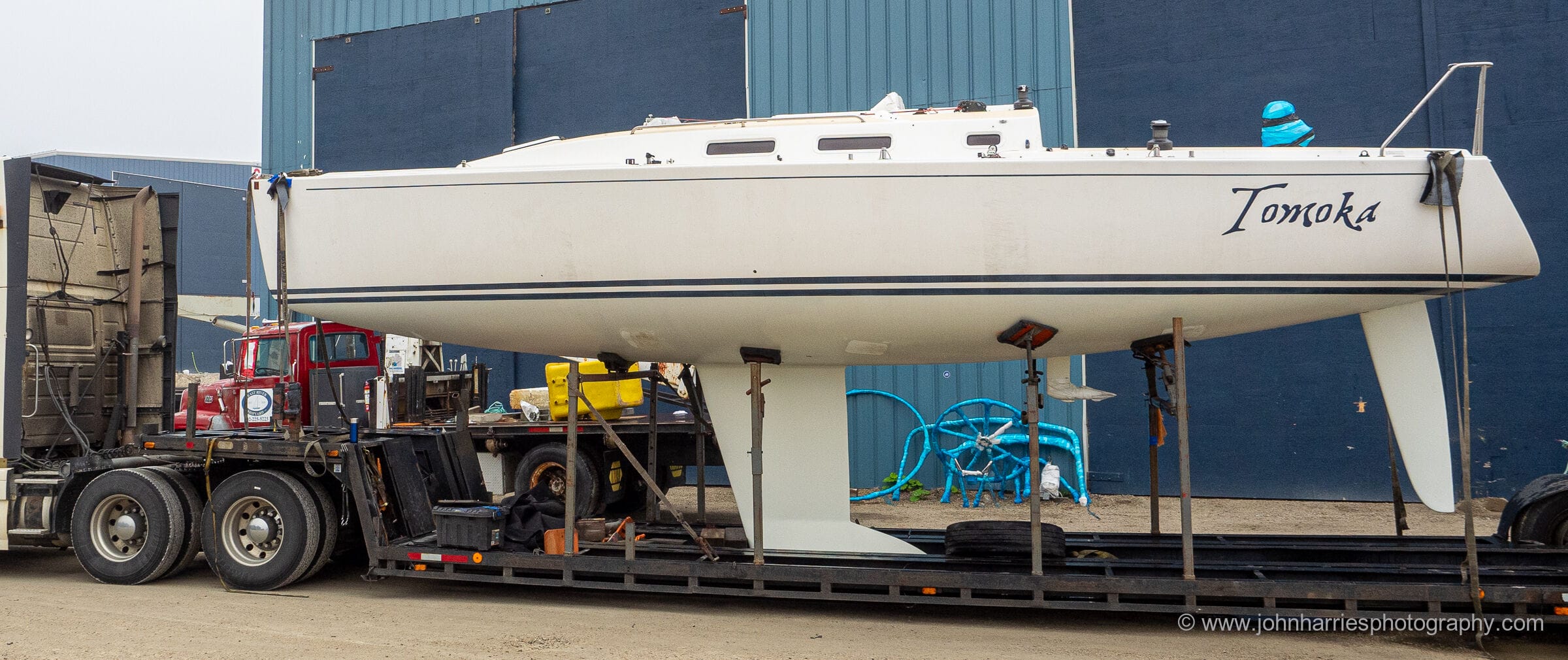Online Book: Maintaining a Cruising Boat

When we think of voyaging, we think of tradewind passages and beautiful landfalls. But what will really govern how much fun your cruise will be is much more mundane: It will come down to how good you are at maintaining your boat. Colin and John share knowledge gained from a combined 100 years of maintaining offshore boats.
Click for TOC or scroll down for details
Articles in this topic:
- 63 Cruising Boat Maintenance Tips
- 12 Cruising Boat Maintenance Tips
- Estimating The Cost of Maintaining a Cruising Boat
- Boat Maintenance—Don’t Go Broke Saving Money
- Boat Maintenance—What’s Your Screwup Tolerance?
- Priorities In Preparation
- Three Tips to Make Your Cruising Boat Fault Tolerant
- The Unknown Unknowns
- Perfect or Good Enough?
- Spare Parts—Which To Buy and How To Keep Track Of Them
- You Need More Than Money
- Surviving The Boatyard—Part 1
- Surviving The Boatyard—Part 2
- Managing Boatyard Costs—Part 1
- Managing Boatyard Costs—Part 2
- Apps to Manage Boat Maintenance and Cruises
- A Real World Tested Tool Kit For Cruisers
- Cruiser’s Tool Kit—Wrenches
- Cruiser’s Power Tool Kit
- Four Hand Tools I Should Have Bought Years Ago
- Tools and Techniques For Managing Dissimilar Metals on Cruising Boats
- Protecting Our Boat’s Underwater Metals From Corrosion
- How To Do Amateur Engineering¹
- Gear Leveling and Mounting Hack
- 8 Things I Learned From a Lazy Man’s Galley Makeover
- Five Boat Lift Usage Tips
- Q and A—Trucking a Boat
- Washing Machines: Complexity and Space Considerations
- Deck Hardware Mounting Photo Essay
- Rebuilding a Cobra Yacht Steering System—Disassembly and Inspection
- Rebuilding a Cobra Yacht Steering System—Reassembly
-
63 Cruising Boat Maintenance Tips
23 CommentsReading Time: 6 minutesMembersRead more: 63 Cruising Boat Maintenance TipsSimple rules that make maintaining our boat less frustrating and reduce the chances of a failure ruining our cruise.
-
12 Cruising Boat Maintenance Tips
32 CommentsReading Time: 9 minutesMembersRead more: 12 Cruising Boat Maintenance TipsTips and hacks that will be useful no matter what part of an offshore cruising boat we are maintaining.
-
Estimating The Cost of Maintaining a Cruising Boat
36 CommentsReading Time: 5 minutesMembersRead more: Estimating The Cost of Maintaining a Cruising BoatThere is not a lot of point in writing about maintenance without addressing the 800-pound gorilla in the room: what it really costs to maintain a cruising boat. Get this wrong and your cruise will be miserable and short. In this chapter we give you a simple, but surprisingly accurate, tool to estimate what maintenance is going to cost.
-
Boat Maintenance—Don’t Go Broke Saving Money
21 CommentsReading Time: 4 minutesMembersRead more: Boat Maintenance—Don’t Go Broke Saving MoneyA chapter that will give you a whole new way to think about boat maintenance, including an easy-to-use gear selection method that will save you a bundle as well as untold grief.
-
Boat Maintenance—What’s Your Screwup Tolerance?
42 CommentsReading Time: 5 minutesMembersRead more: Boat Maintenance—What’s Your Screwup Tolerance?We in the offshore cruising community talk a lot about the right way and the wrong way to equip and maintain our boats, but that’s all meaningless until we have answered one basic question…
-
Priorities In Preparation
20 CommentsReading Time: 4 minutesMembersRead more: Priorities In PreparationYou will never get everything done on your boat. This we guarantee. So one of the most important skills you can have as a boat maintenance technician is prioritization. In this chapter John tells a story of when he got his priorities wrong, and what he learned from that.
-
Three Tips to Make Your Cruising Boat Fault Tolerant
40 CommentsReading Time: 7 minutesMembersRead more: Three Tips to Make Your Cruising Boat Fault TolerantLet’s face it, cruising boats are horribly unreliable, and gear failures are the most common cruise-ruiner. But we can reduce the problems a lot by thinking about fault tolerance. Here are three real world examples you can use right now to make your boat better.
-
The Unknown Unknowns
17 CommentsReading Time: 3 minutesMembersRead more: The Unknown UnknownsWe sometimes write about cool new gear here at AAC, but now it’s time to take a step back and remind ourselves of the vital stuff that will actually get us out there voyaging.
-
Perfect or Good Enough?
27 CommentsReading Time: 4 minutesMembersRead more: Perfect or Good Enough?We all want to maintain our boats at the highest possible level, but on the other hand if we do every job perfectly we will never go cruising. Here are some thoughts on maintaining a sane balance.
-
Spare Parts—Which To Buy and How To Keep Track Of Them
58 CommentsReading Time: 5 minutesMembersRead more: Spare Parts—Which To Buy and How To Keep Track Of ThemHaving the right spare parts aboard is one of the biggest contributors to a fun and stress free voyage. But how do you decide what to buy and then keep track of what you have? John answers those questions and provides downloads of our parts list and the program we use to keep track of them on Morgan’s Cloud.
-
You Need More Than Money
24 CommentsReading Time: 5 minutesMembersRead more: You Need More Than MoneySome thoughts from Colin on vital training for voyaging sailors. Taking the steps he suggests could save your cruise.
-
Surviving The Boatyard—Part 1
24 CommentsReading Time: 8 minutesMembersRead more: Surviving The Boatyard—Part 1A simple guide from Colin on how to select, manage and (perhaps?) enjoy your stay in the boatyard, wherever it may be.
-
Surviving The Boatyard—Part 2
18 CommentsReading Time: 9 minutesMembersRead more: Surviving The Boatyard—Part 2Managing a boatyard stay is all about good planning and getting the details right. Colin provides vital tips that will help from haul to re-launch.
-
Managing Boatyard Costs—Part 1
60 CommentsReading Time: 7 minutesMembersRead more: Managing Boatyard Costs—Part 1Many boat owners just shrug and say to themselves that all boatyards are a bunch of incompetent crooks and we are going to get screwed no matter what we do. But it does not have to be that way. John shares what he has learned over some forty years of managing boat projects, both large and small, about how to keep costs at least semi-reasonable and how to decide what tasks are best delegated to a boatyard.
-
Managing Boatyard Costs—Part 2
22 CommentsReading Time: 9 minutesMembersRead more: Managing Boatyard Costs—Part 2John provides specific tips, including a meeting script and scope of work outline, to help you get a quote or an estimate from a boat yard and then manage the project to stay at least close to that agreed price.
-
Apps to Manage Boat Maintenance and Cruises
52 CommentsReading Time: 9 minutesMembersRead more: Apps to Manage Boat Maintenance and CruisesThe apps to use on computers and smartphones to keep track of tasks on a cruising sail or motorboat.
-
A Real World Tested Tool Kit For Cruisers
42 CommentsReading Time: 9 minutesMembersRead more: A Real World Tested Tool Kit For CruisersA recommended kit that weighs less than sixty pounds and tool budgets for coastal and offshore cruising, as well as refits.
-
Cruiser’s Tool Kit—Wrenches
56 CommentsReading Time: 9 minutesMembersRead more: Cruiser’s Tool Kit—WrenchesIt’s impossible to maintain an offshore voyaging boat without a good set of wrenches (spanners) and sockets. Here are the tools we chose and why.
-
Cruiser’s Power Tool Kit
114 CommentsReading Time: 9 minutesMembersRead more: Cruiser’s Power Tool KitJohn uses some 30 years of offshore voyaging experience to come up with a recommended kit of hand-held power tools.
-
Four Hand Tools I Should Have Bought Years Ago
84 CommentsReading Time: 6 minutesMembersRead more: Four Hand Tools I Should Have Bought Years AgoFour tools that every cruiser should have, but probably does not.
-
Tools and Techniques For Managing Dissimilar Metals on Cruising Boats
80 CommentsReading Time: 8 minutesMembersRead more: Tools and Techniques For Managing Dissimilar Metals on Cruising BoatsWhen you have decades of experience running commercial research yachts where downtime is not an option, you learn how to make repairs while out there. Colin shares information that could save your cruise, and maybe even your boat.
-
Protecting Our Boat’s Underwater Metals From Corrosion
63 CommentsReading Time: 7 minutesMembersRead more: Protecting Our Boat’s Underwater Metals From CorrosionA relatively inexpensive testing rig that every boat owner should have and use regularly.
-
How To Do Amateur Engineering¹
21 CommentsReading Time: 7 minutesMembersRead more: How To Do Amateur Engineering¹From time to time we get a question asking us to opine on whether a modification to the boat or rig will be strong enough. Let’s look at that.
-
Gear Leveling and Mounting Hack
20 CommentsReading Time: 4 minutesMembersRead more: Gear Leveling and Mounting HackBoats are not square so it’s often necessary to mount gear at an angle and/or on a curved surface. Here’s the easy way to do that.
-
8 Things I Learned From a Lazy Man’s Galley Makeover
35 CommentsReading Time: 8 minutesMembersRead more: 8 Things I Learned From a Lazy Man’s Galley MakeoverJohn had been putting this project off for years, but it turned out to be easier than he ever would have believed possible. He shares how that happened and eight vital things he learned.
-
Five Boat Lift Usage Tips
28 CommentsReading Time: 10 minutesMembersRead more: Five Boat Lift Usage TipsA hair-raising account of a boat-lift collapse and tips to reduce the chances of this happening to us.
-
Q and A—Trucking a Boat
37 CommentsReading Time: 6 minutesMembersRead more: Q and A—Trucking a BoatTrucking a boat can be a viable, and in some cases less expensive option than sailing her, but what are the pitfalls?
-
Washing Machines: Complexity and Space Considerations
41 CommentsReading Time: 6 minutesMembersRead more: Washing Machines: Complexity and Space ConsiderationsCruisers are adding the comforts of home to their boats more than ever before, but what are the consequences? John takes a look.
-
Deck Hardware Mounting Photo Essay
51 CommentsReading Time: 13 minutesMembersRead more: Deck Hardware Mounting Photo EssayMost any production boat over about 10 years old will have deck fittings that need remounting. It’s a process that seems simple…until we dig in, and one that’s vital to do right.
-
Rebuilding a Cobra Yacht Steering System—Disassembly and Inspection
11 CommentsReading Time: 11 minutesMembersRead more: Rebuilding a Cobra Yacht Steering System—Disassembly and InspectionThe idea of buying an old boat and going cruising is attractive, but there are also harsh realities to be aware of, like that the steering system is often a ticking time bomb. Not a lot of romance here, but lots of good experience-based advice.
-
Rebuilding a Cobra Yacht Steering System—Reassembly
5 CommentsReading Time: 9 minutesMembersRead more: Rebuilding a Cobra Yacht Steering System—ReassemblyIn Part 1 Colin pulled his steering apart and found some frightening defects, now he gets into fixing it right.































